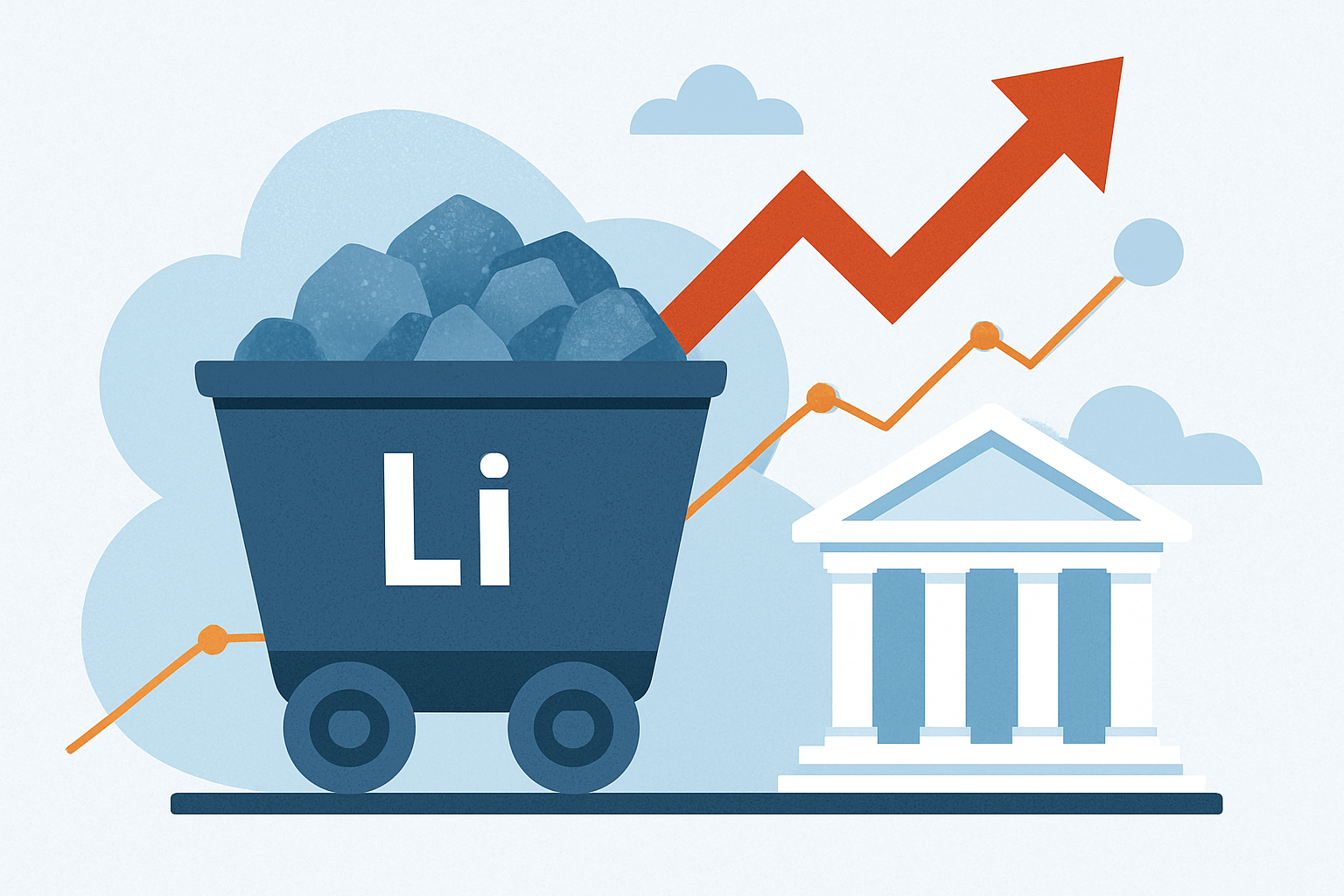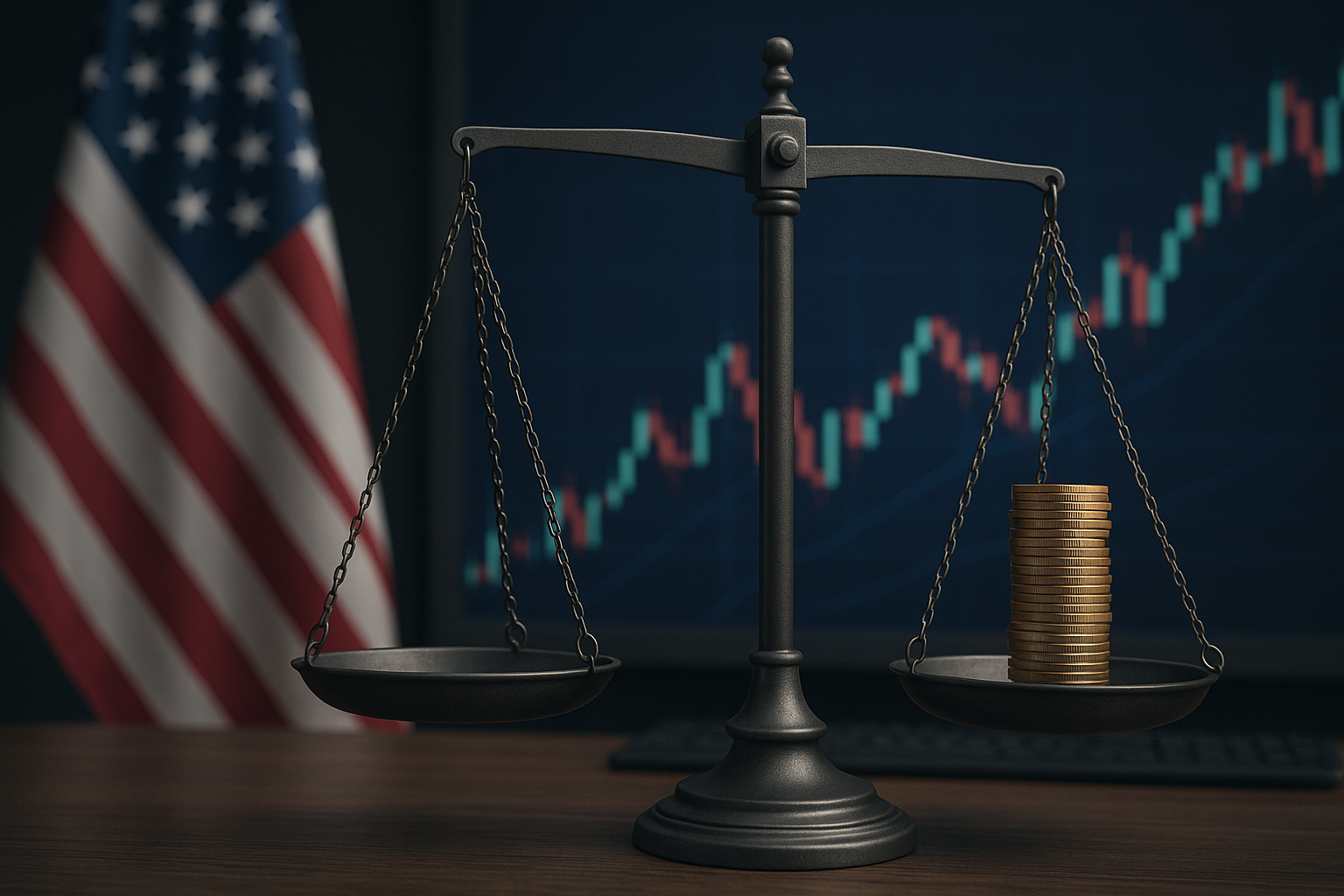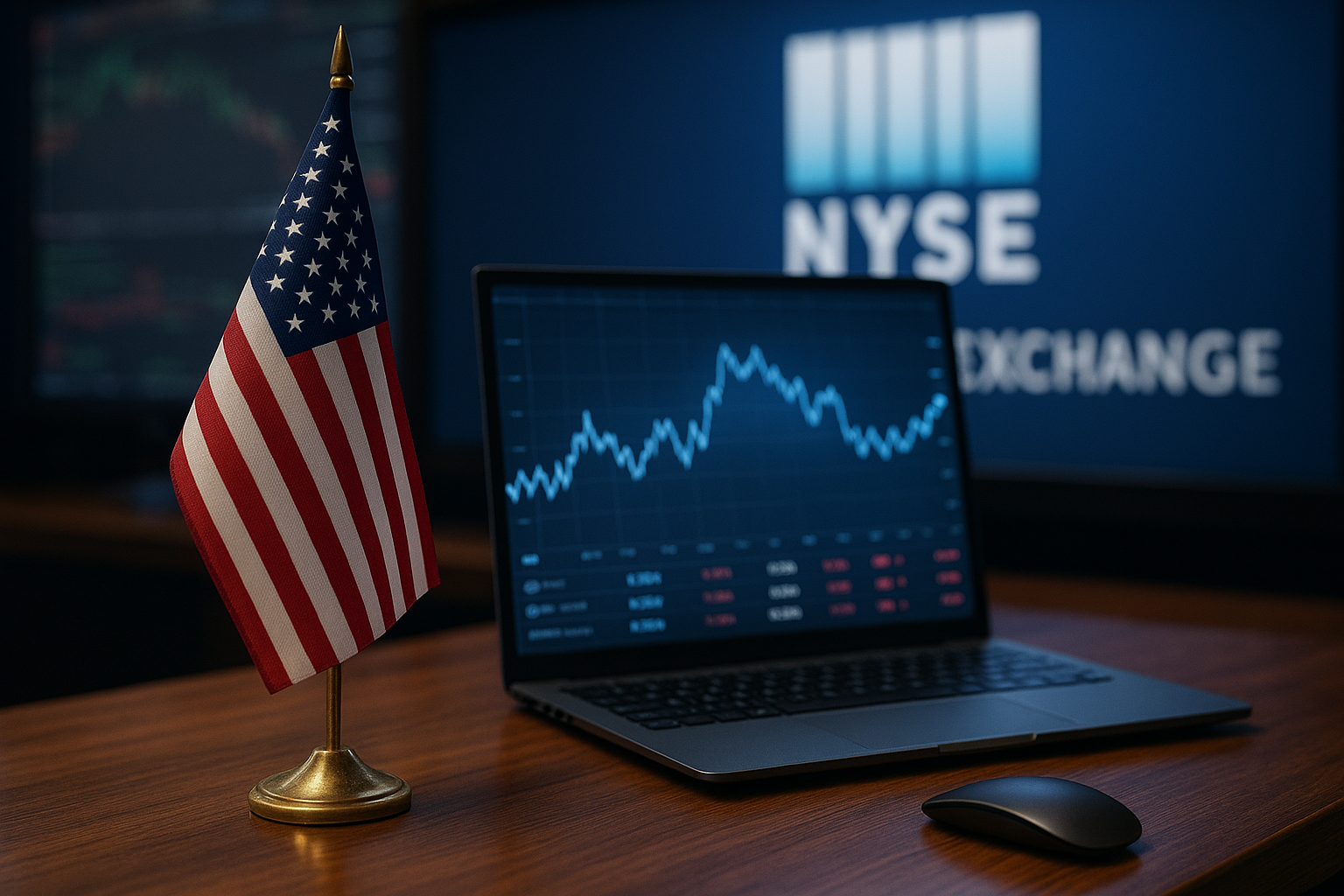Shares of Lithium Americas (NYSE: LAC) surged more than 60% this week after reports surfaced that the U.S. government is weighing an equity stake of up to 10% in the company. The potential deal, tied to loan renegotiations for its flagship Thacker Pass lithium project in Nevada, would mark an unprecedented move — signaling direct government involvement in securing critical mineral supply chains.
Government-Backed Lithium: A Market Game-Changer
The reported interest comes as Washington doubles down on securing domestic access to lithium, a key input for electric vehicle (EV) batteries and renewable energy storage. The Department of Energy (DOE) has already extended multi-billion-dollar loans to EV manufacturers like Tesla and Ford, but an outright equity stake in a mining company would mark a new phase in U.S. industrial policy.
According to Reuters and Barron’s, the U.S. is considering this step as part of renegotiations around federal funding for Thacker Pass, one of the largest known lithium deposits in North America. The move could send a strong message to both allies and competitors: America is willing to take direct ownership stakes in strategic resources.
Why This Matters for Investors
For Lithium Americas, government participation would provide not only capital security but also a regulatory moat — reducing the risk of delays tied to environmental reviews and permitting, a frequent bottleneck for mining projects.
For the broader lithium sector, this could catalyze speculative capital inflows, as investors interpret the move as a green light for companies aligned with U.S. strategic priorities. Lithium miners with U.S.-based operations, such as Piedmont Lithium (PLL) and Albemarle (ALB), could see valuation re-ratings if the government signals broader support.
Still, risks remain. Execution timelines for large-scale lithium projects often stretch years, and project costs can balloon beyond initial estimates. If the equity stake comes with strict conditions on pricing, offtake agreements, or profit-sharing, margins could be pressured.
Future Trends to Watch
- Policy Precedent: If this deal goes through, it could set a template for government equity participation across other critical minerals, such as nickel, cobalt, and rare earths.
- China Competition: Beijing has long used state backing to secure global supply chains. A U.S. equity stake in Lithium Americas would underscore the geopolitical dimensions of the resource race.
- Battery Supply Chain Alignment: Downstream EV makers may increasingly partner directly with miners to secure raw materials, further tightening the value chain.
- Volatility in Lithium Prices: Spot prices for lithium carbonate have swung dramatically in recent years. Government support may provide stability, but speculative momentum could add volatility for investors.
Key Investment Insight
Lithium Americas’ stock spike highlights the strategic importance of domestic critical minerals. For investors, this development suggests two opportunities:
- Defensive positioning in government-aligned lithium plays like LAC, which may benefit from regulatory and financial backing.
- Broader exposure to EV supply chains via diversified miners or ETFs that capture the upside of government-backed energy transition policy.
At the same time, execution risk remains high, and investors should temper enthusiasm with realistic expectations about timelines and costs. A measured allocation — balancing direct exposure to lithium miners with broader plays in EV and battery ETFs — may be the most prudent strategy.
As the U.S. government moves closer to a direct role in lithium production, the strategic minerals sector is entering a new phase of institutional support. Investors who monitor regulatory moves, funding structures, and geopolitical shifts will be best positioned to capture opportunities.
Stay with MoneyNews.Today for daily insights on how policy, technology, and markets intersect to shape tomorrow’s investment landscape.





